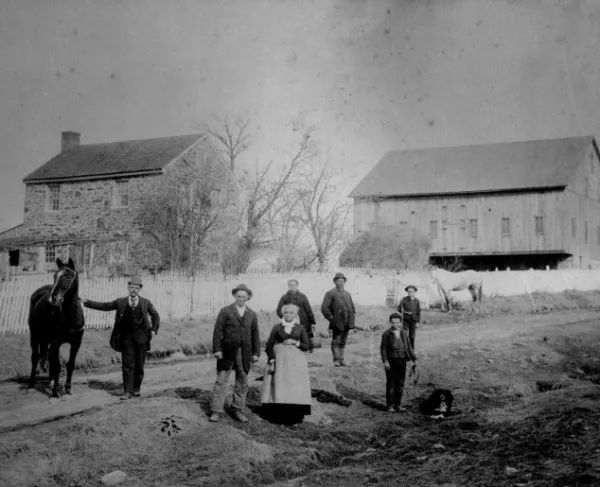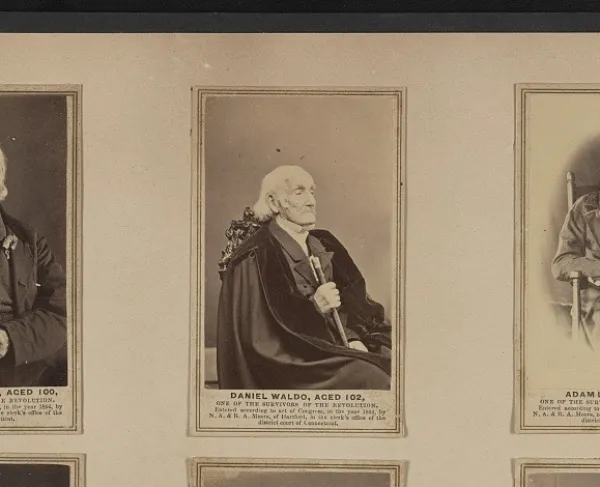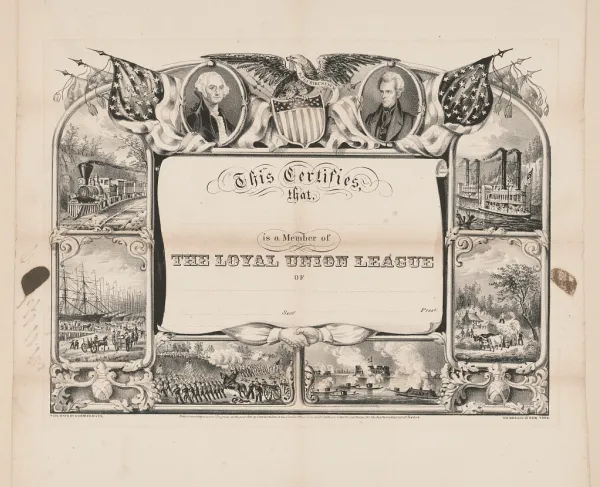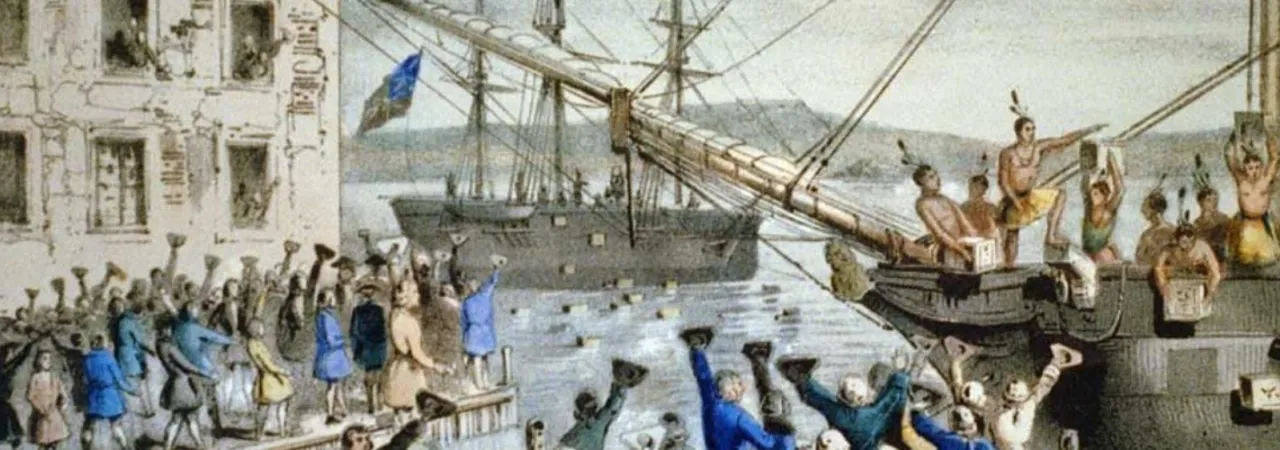
Fact #1: Boston was a key city during the Revolution, both symbolically and strategically.
Boston is known as the “birthplace of the American Revolution” because of numerous events that took place there before the war. Controlling the city was a very important symbol for both the Americans and British. It was important strategically as well, due to Boston Harbor being the main port in the region and a vital maritime transportation center for troops and supplies.
Fact #2: The Siege of Boston was the first major battle during the war.
Following American victories at Lexington and Concord, a force of near 15,000 Americans laid siege to the city. The siege included several battles including the battle of Bunker Hill and Dorchester Heights.
Fact #3: The British used Copp’s Hill Burying Ground for target practice.
During the siege of Boston, the Copp’s Hill Burying Ground in the Boston was of strategic importance, thus the British had a garrisoned positioned there. Legend has it that the British used some of the gravestones for target practice, most notably Captain Daniel Malcolm who was a merchant, smuggler and known for resisting British authority.
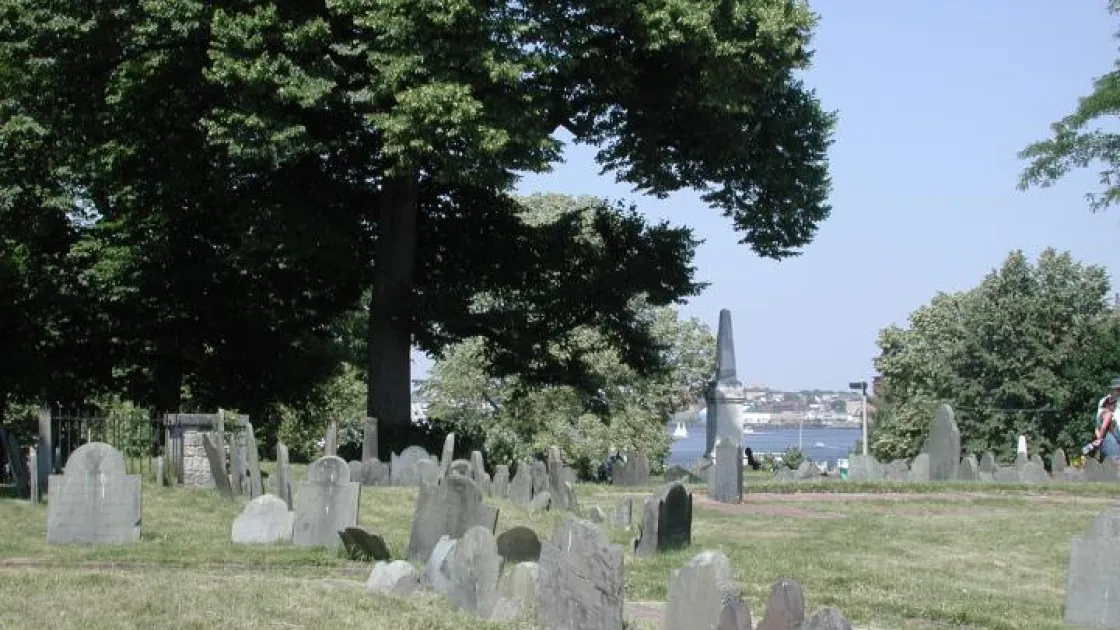
Fact #4: Many African Americans participated in the Siege of Boston.
In the early days of the war, there were little to no regulation of who could join the Patriot forces around Boston. Many African Americans fought from Lexington and Concord to the end of the siege. One unit at the Battle of Bunker Hill included several African Americans, Salem Poor, Titus Coburn, Peter Salem and Seymour Burr all fought with distinction in this and other battles.
Fact #5: The cannons used to fortify Dorchester Heights came all the way from Fort Ticonderoga… in the snow.
In the early days of the war, Fort Ticonderoga in New York state was under British control but was captured by American forces under Col. Ethan Allen in May 1775. They captured near 200 cannons, which were desperately needed by to dismount the British from Boston. General Henry Knox arrived at the fort in November 1775 to start loading the artillery pieces for Boston. Through ice and covered lakes, rivers, and roads his “noble train of artillery” arrived outside Boston in January with not a single cannon lost.
Fact #6: Massachusetts put more soldiers in the field than any other colony during the war.
Because Boston was the hotbed of the American Revolution and Patriot support, that extended to the Massachusetts colony. They put more soldiers in the field than any other colony every year (except 1779-80 when Virginia surpassed it by a few hundred) with many coming from the Boston area. When the Continental Army was established in June 1775, 16,449 out of 37, 363 of those enlisted in the first year were from Massachusetts.
Fact #7: The Bucks of America was an all-black unit operating near Boston, unfortunately little is known about them.
There were many African American soldiers to fight in the war, some even integrated into white units. one militia company was segregated and known as the Bucks of America. Very little is known about them and only one member, George Middleton, is known by name. It is believed they acted as a security force for Boston area merchants. After the war in 1789, then governor of Massachusetts John Hancock presented a flag to the company, which is currently held by the Massachusetts Historical Society.
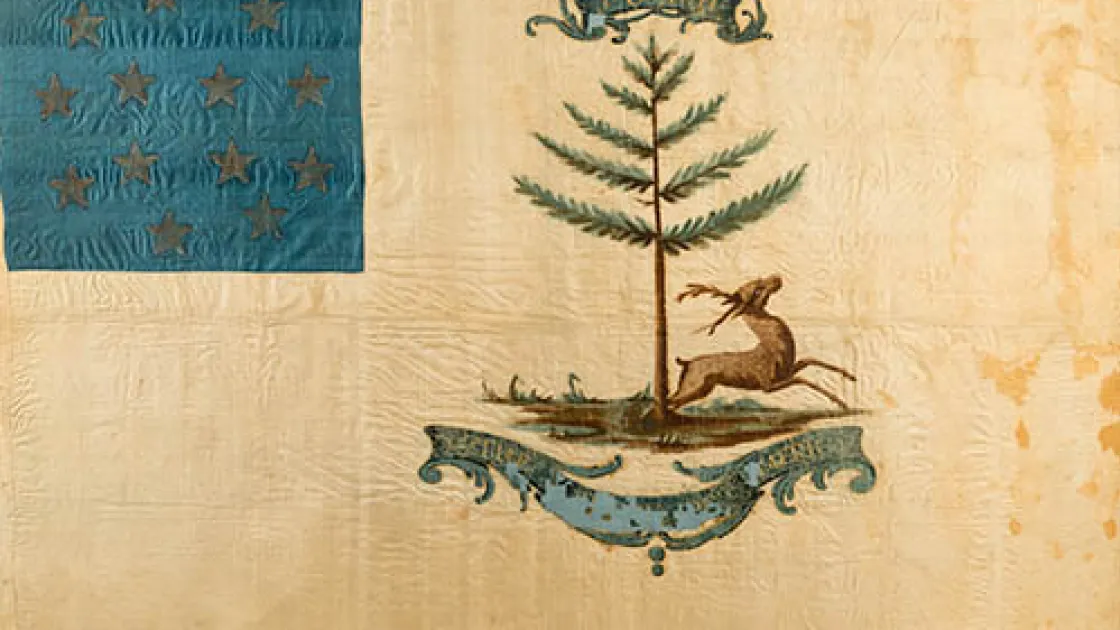
Fact #8: One of the first Continental Navy ships was named after the city and built nearby.
The Continental Navy played a small role in the American Revolution and its role is often overlooked. New England was known for its shipbuilding capability and was a great place for ships to be built for the newly formed navy. One of the first ships to be built was the Boston in nearby Newbury Port, Massachusetts. After her completion and the British evacuation of the city, Boston would be fitted out in Boston harbor.
Fact #9: Several signers of the Declaration of Independence were from Boston or the surrounding area.
There were 56 signers of the Declaration of Independence and of those, five were from Massachusetts; John Adams, his cousin Samuel Adams, Elbridge Gerry, John Hancock, and Robert Treat Paine. All these men attended Harvard, thus living in the Boston area for quite some time. Samuel Adams and Robert Treat Paine have the distinction of being born in the city itself.
Fact #10: The evacuation of British forces is celebrated today, although limited.
When the British evacuated Boston on March 17, 1776, it was a cause for celebration. The day was dubbed “Evacuation Day” and was declared a holiday in 1901. Though the observance today is limited, there are some celebrations within the city. Because it falls on the same day as Saint Patrick’s day, the parade in the city is officially designated Saint Patrick’s Day and Evacuation Day Parade.
